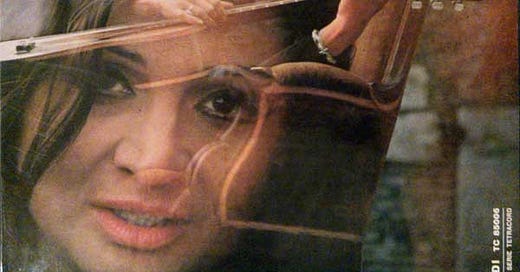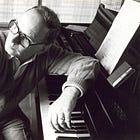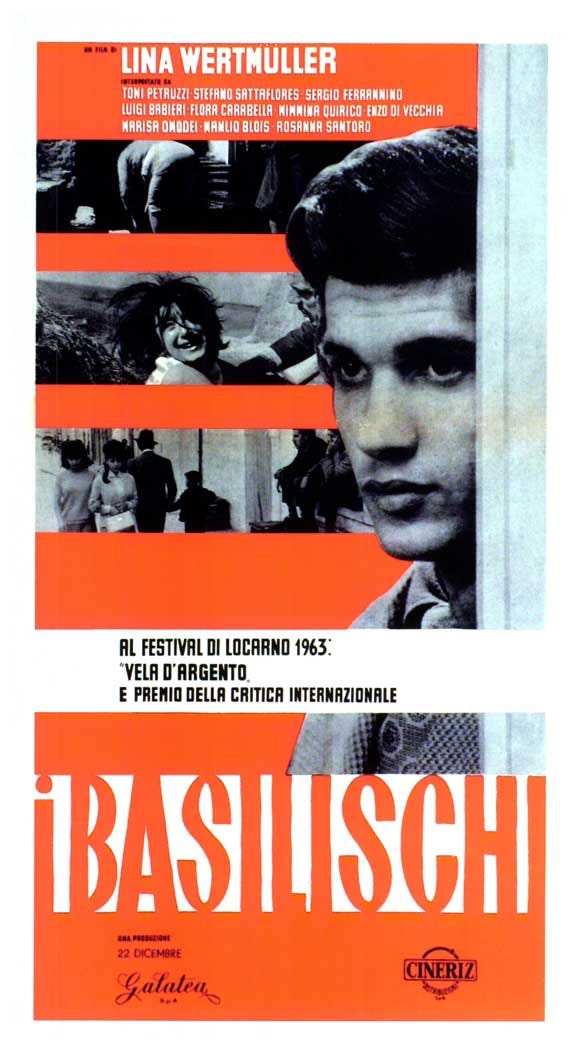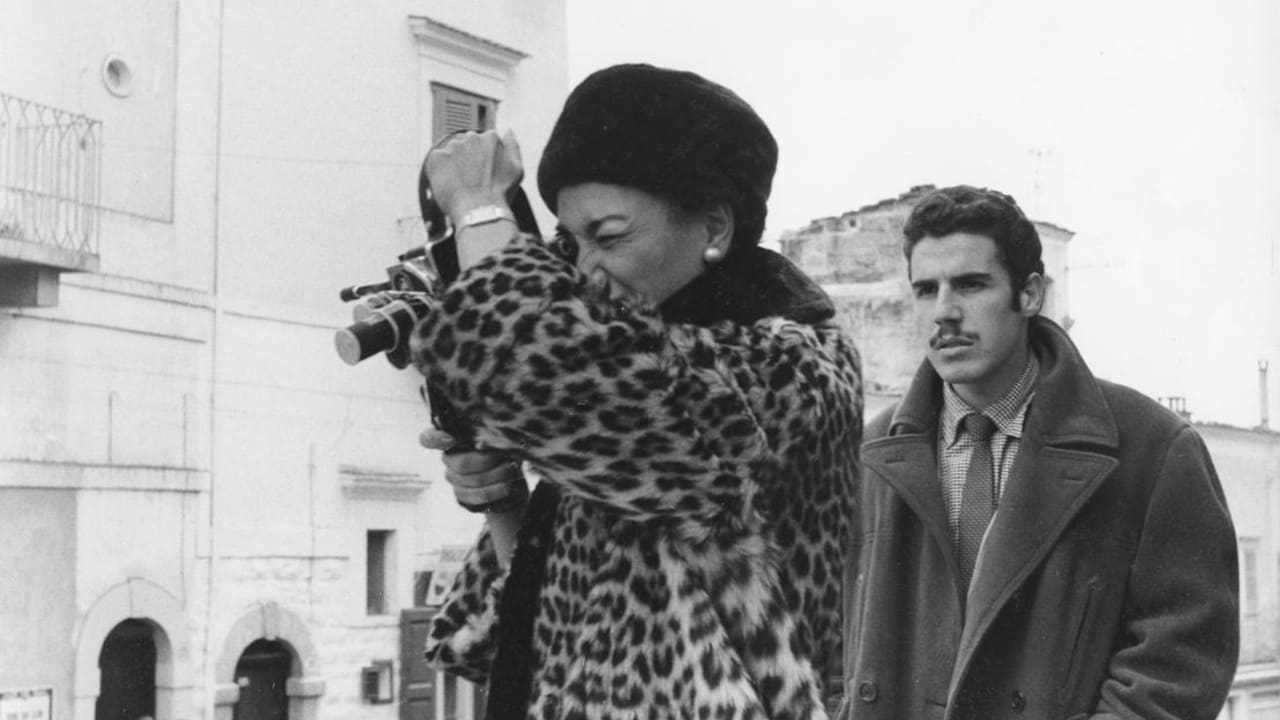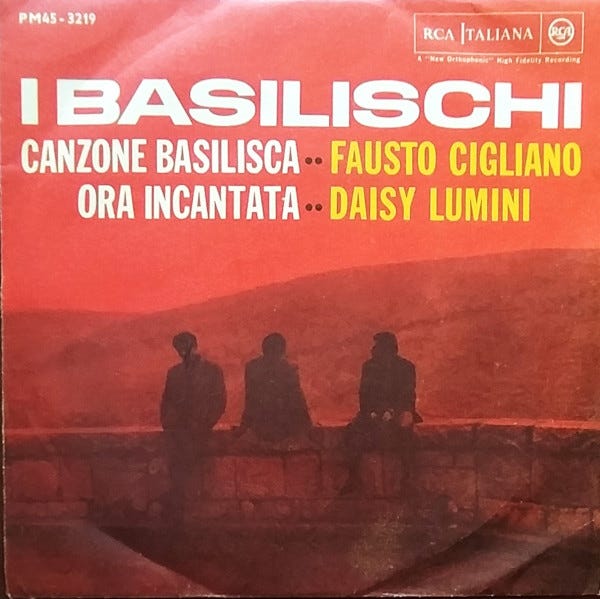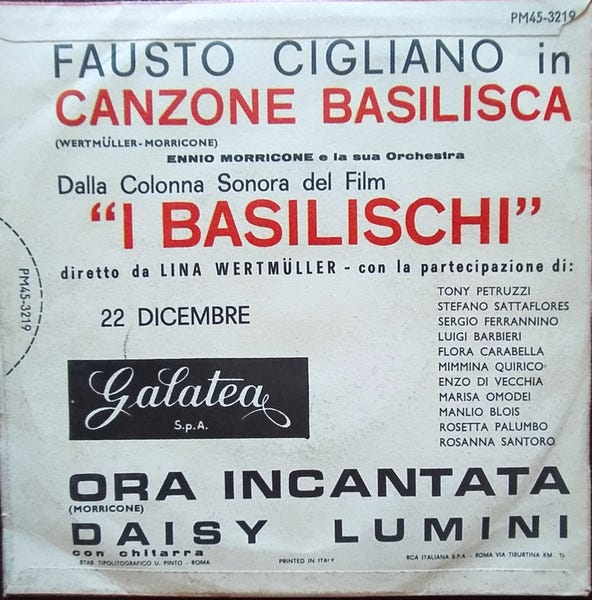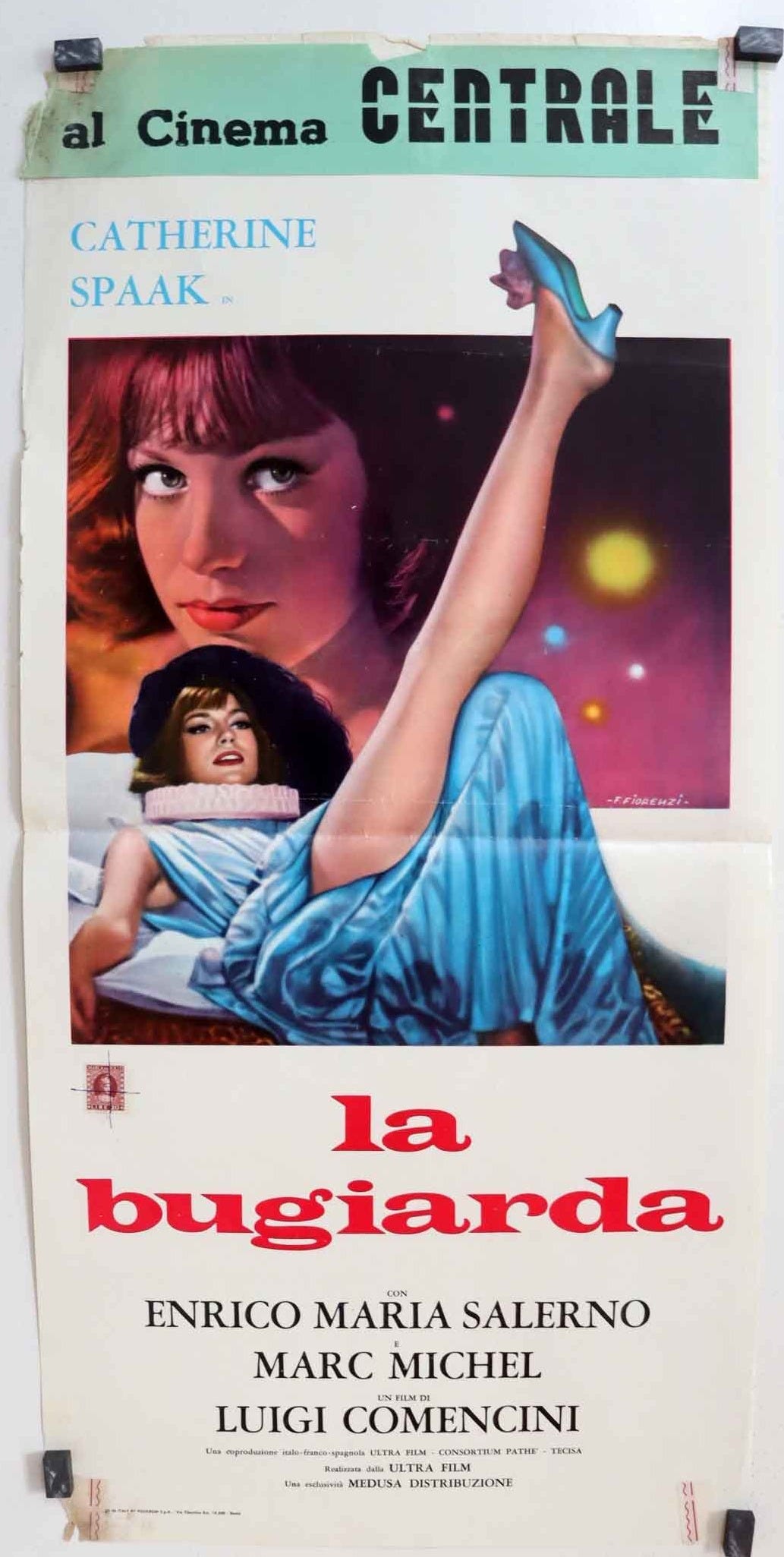And to our children, without discomfort
We will be able to tell the truth
That the most beautiful thing is still the journey
What ever… what never will happen
-from the Italian folk song, la Rosa dei Venti
When I was a kid, next to Fred Astaire and those old movie musicals, I was a big fan of Westerns, and Spaghetti Westerns like Sergio Leone’s Dollars Trilogy were my early favorites. I loved the drama and sweeping landscapes, particularly the great Italian composer and conductor Ennio Morricone’s music, which featured quirky whistling by Italian musician and composer Alessandro Alessandroni. For example, music like this one from the 1965 For a Few Dollars More:
Then again in 1968, Morricone featured Alessandroni’s whistling in Addio a cheyenne from his masterpiece score from Leone’s Once Upon a Time in the West:
I wrote about Morricone and Alessandroni here:
However, two years before Alessandroni made whistling famous, Morricone had already recorded a woman whistling in one of his scores. That woman was Desy Lumini or as she was more commonly known, Daisy Lumini.
This week on the Big River called Jazz we dig in our paddles to discover the world of the Florentine nightingale Daisy Lumini.
Desy Lumini was born into an upper-middle-class family in Florence on August 18, 1936. At an early age, her dad taught her how to whistle. A musically gifted child, she studied piano and composition at the Cherubini Conservatory in Florence, graduating with honors.
In 1959 after graduation, she moved to Rome to sign with the RCA Italiana record label, She also wrote music for movies. One of her first hits was Whisky, sung here by Italian singer and actress Mina in Lucio Fulci’s 1960 film Urlatori alla sbarra:
Urlatori alla sbarra also starred Chet Baker, who played himself and sang the classic Arrivederci:
Soon Lumini was discovered by Morricone, who wrote the arrangements for two Lumini songs released in 1963 on her 45rpm Femmine D’estate:
In 1963 Morricone called on Lumini to whistle on his score for I basilischi (The Lizards), an Italian comedy-drama film written and directed by Lina Wertmüller, who before her debut with this film assisted Federico Fellini on 8½. I basilischi served as a springboard for Wertmüller career as a prolific director:
Here she is during filming with a classic Bolex 16mm camera:
Wertmüller picked Morricone for the score; however, he featured Lumini not singing but whistling. Her two songs from the score were released on 45rpm by the RCA Italiana label:
Then again in 1965, Lumini was called on by Benedetto Ghigliato for his score for Italian director Luigi Comencini's film la bugiarda (Six Days a Week); however, not for her singing:
To build on Lumini’s popular whistling, Ghiglia recorded her on a handful of his songs. For example, here she is on Cominciamo a dire bugie:
Despite her growing success in music and film, in 1966 along with her husband Italian actor Beppe Chieric, Lumini turned to a new musical endeavor.
Her research took place in the library of the Conservatory of Santa Cecilia in Rome. She became friends with Diego Carpitella, a teacher at the Conservatory and the highest authority on folklore at the time. He introduced her to the world of folk music.
Here is Chierici and Anne Sylvestre’s song la Rosa dei Venti, a wonderful example of the folk music Lumini was recording and performing at the time:
Daisy Lumini’s life and artistic choices tell us a lot about her. She could have lived a life of leisure, performing in the great theaters of Europe, and working for the most prestigious record, film, and TV companies. Instead, she chose to direct her life and art to a different cause - the music of the peasant, the workers' culture, and the Mondine, who had enormous importance in the history of Italian civilization.
Through the music, she wanted to highlight a culture suffocated by centuries of “official” culture. Her research in the sixties dug up what existed and then made herself available to give voice to the forgotten, so their music and stories could re-emerge. This was a noble cause.
While she was in Rome, she also recorded two interesting albums with Orchestra Sinfonica Di Roma under the direction of the great Italian conductor Gianluigi Gelmetti, who was just beginning his career. From their first collaboration on the 1969 Caleidoscopio N. 3, here is Alte Profondita:
This is a very interesting song with what I guess you’d call experimental whistling.
Her second collaboration was on the 1976 Caleidoscopio N. 1. From that album here is Durango:
Here’s one more for the road. Wednesday, August 18, 1993, was Daisy Lumini’s 57th birthday. At about half past six in the evening, Daisy and her terminally ill husband, the Italian actor Tino Schirinzi, said goodbye to Tino’s mother, who was living with them. They got into their Golf cabriolet, left their farmhouse near Vicchio, Italy, and got on the road toward Mugello.
They stopped for gas at a nearby petrol station – just enough to get to where they were going. It was already dark when they stopped at Ghiereto, near the Bilancino dam. It was a construction site and the road was closed.
They got out of the car and walked alone out onto a viaduct. Fifteen meters below them was a narrow two-lane road. Tino looked out from the parapet, looked down at the road below, took Daisy’s hand, and together they threw themselves into the void.
Death is a private thing. Perhaps the one thing we do alone. But they chose to do it together. To live for love is one thing, but to die for love is something altogether different.
Although she fell silent that day, the Florentine nightingale’s music still plays today. Like the la Rosa dei Venti or the compass rose, it helps point the way to our true north.
Next week on that Big River called Jazz, we’ll dig our paddles into the waters of German bandleader Kurt Edelhagen.
Please hit this link to buy me a cup of coffee, if you’d like to show your guide some appreciation for this and past journeys. Know in advance that I thank you for your kindness and support.
If you like what you’ve been reading and hearing so far on our journey and would like to share this with someone you think might be interested in learning more about our great American art form: Jazz, just hit the “Share” button.
From Astaire to Sun Ra: A Jazz Journey is a reader-supported publication. If you feel so inclined, subscribe to my journey by hitting the “Subscribe now” button.
Also, find my playlist on Spotify: From Fred Astaire to Sun Ra.
Feel free to contact me at any time to talk shop. I welcome and encourage that.
Until then, keep on walking….

